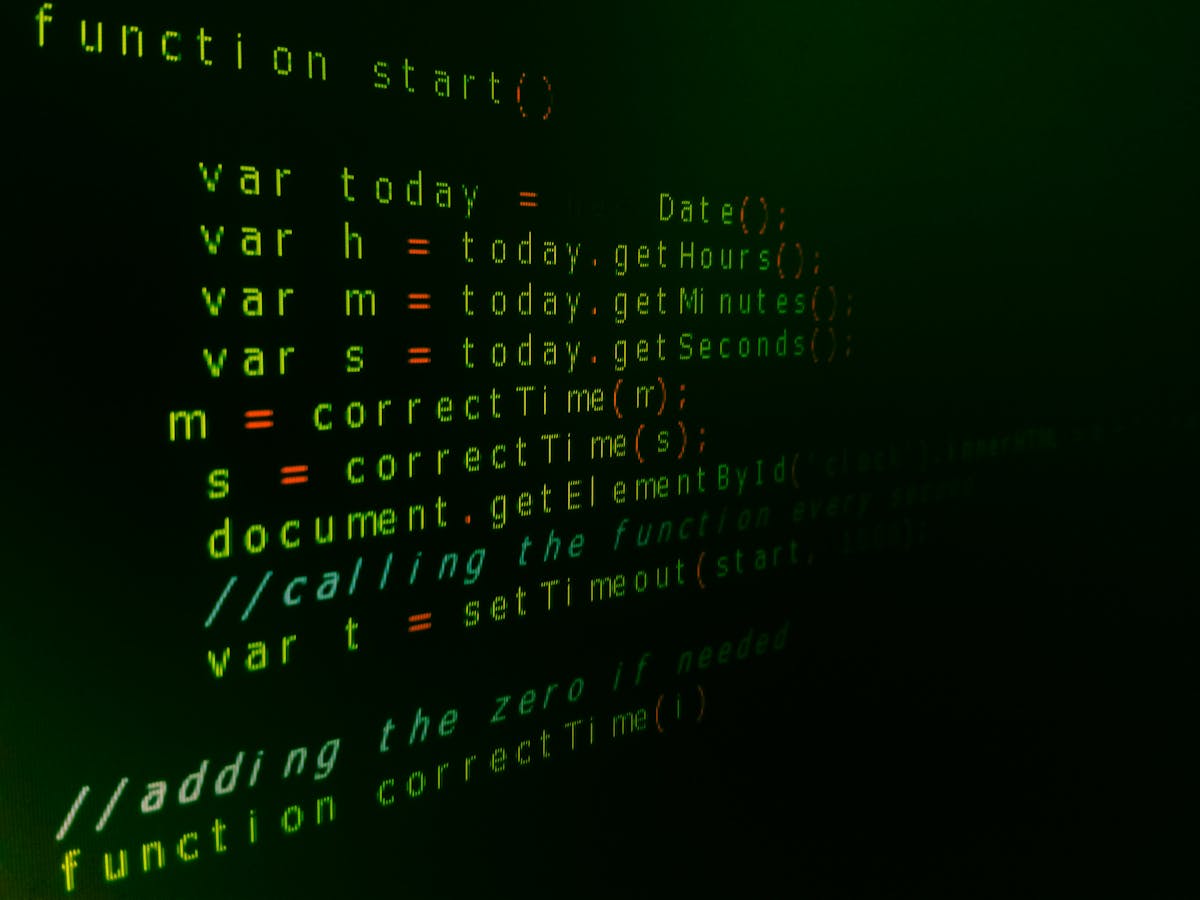The Value of Full-Stack Advancement in the Evolving Landscape of Software Application Design
In the rapidly altering field of software application engineering, full-stack advancement has gained substantial importance. Full-stack developers have a distinct ability to function on both front-end and back-end modern technologies. This convenience helps with better team cooperation and response to moving project demands (niels denekamp linkmedia). As organizations take on dexterous methodologies, the duty of full-stack programmers becomes also much more vital. Discovering the nuances of this fad exposes deeper implications for the future of software application advancement
The Role of Full-Stack Developers in Modern Teams
As organizations progressively adopt active methods, full-stack designers have actually become necessary possessions within modern-day groups. These functional professionals possess a complete ability that extends both front-end and back-end growth, allowing them to add to various aspects of a task. Their capacity to navigate various programs languages and structures enables smooth partnership throughout techniques, fostering an extra integrated approach to software program development.Full-stack designers enhance group characteristics by bridging interaction spaces, minimizing reliance on specialized duties. This versatility not just increases task timelines however additionally advertises advancement, as they can apply feedback in actual time. In addition, their all natural understanding of the software lifecycle facilitates far better decision-making and analytic, eventually leading to even more durable applications. As organizations aim for performance and responsiveness, the duty of full-stack designers comes to be progressively pivotal in driving successful task results and sustaining competitive advantages in the market.
Connecting the Gap In Between Front-End and Back-End
Linking the void in between front-end and back-end growth is basic for delivering functional and cohesive software program applications. This combination ensures that user interfaces interact properly with server-side reasoning, giving a seamless experience for end-users. Full-stack designers, with their wide capability, play a considerable role in this procedure by comprehending both domain names and their interactions. They can resolve problems that emerge during integration, such as information circulation discrepancies and efficiency bottlenecks, which are typically neglected when groups operate in silos. Additionally, a unified method allows a lot more effective debugging and screening, as full-stack designers can evaluate the entire application holistically. As software program systems become increasingly intricate, the capacity to bridge this gap becomes a lot more crucial, advertising not just technical efficiency however additionally boosting the total customer experience. Companies that prioritize this combination are better positioned to adjust to technical improvements and individual needs.
Enhancing Cooperation and Interaction
Effective collaboration and interaction amongst team members are crucial parts of effective full-stack growth. This method fosters a shared understanding of job objectives, enabling developers to seamlessly integrate front-end and back-end functionalities. By motivating open dialogue, groups can quickly address difficulties and share insights, which enhances analytical capabilities. Varied capability within full-stack growth groups advertise knowledge exchange, enabling members to learn from one another and boost their individual competencies - aether group dubai.Moreover, regular check-ins and feedback loops enhance partnerships amongst employee, growing a society of count on and responsibility. Utilizing joint tools and systems can streamline communication, guaranteeing that all stakeholders remain informed about project development and adjustments. As full-stack developers often juggle multiple responsibilities, reliable communication reduces misunderstandings and lines up group efforts. Eventually, prioritizing collaboration and communication not only improves performance however additionally leads to higher quality software application results, crucial in today's busy technological landscape
Adapting to Agile Methodologies
While welcoming Agile approaches can initially posture challenges, full-stack development groups frequently find that this method noticeably enhances their operations and versatility. Dexterous structures focus on repetitive development and frequent reassessment, allowing groups to react rapidly to changing project demands. Full-stack designers, geared up with a thorough skill collection, are specifically appropriate to browse these changes, promoting smooth Recommended Reading cooperation between front-end and back-end processes.Moreover, Agile highlights continuous assimilation and implementation, which aligns perfectly with the abilities of full-stack designers. This harmony brings about much faster delivery times and enhanced item quality. Dexterous methods, such as daily stand-ups and sprint evaluations, motivate openness and responsibility within teams, cultivating a society of open communication. Subsequently, full-stack programmers become crucial in advertising a proactive method to problem-solving, making sure that jobs remain straightened with customer assumptions and market needs. Eventually, adjusting to Agile methodologies empowers full-stack teams to thrive in a dynamic software advancement landscape.
Future Patterns in Full-Stack Growth

Often Asked Concerns
What Shows Languages Should Aiming Full-Stack Developers Learn First?
Hopeful full-stack developers should begin by finding out HTML, CSS, and JavaScript for front-end development. Consequently, they can discover back-end languages like Node.js, Python, or Ruby, along with data source monitoring systems such as SQL or you can try here MongoDB.
How Do Full-Stack Programmers Remain Updated With Evolving Technologies?

What Prevail Obstacles Encountered by Full-Stack Developers?
Typical difficulties faced by full-stack developers include taking care next page of varied technologies, balancing front-end and back-end jobs, staying present with rapid improvements, fixing complicated issues, and ensuring seamless integration across different platforms to provide cohesive user experiences. (niels denekamp linkmedia)
How Do Full-Stack Designers Manage Time Between Front-End and Back-End Tasks?
Full-stack developers frequently prioritize jobs by examining project demands, utilizing active techniques, and segmenting their infiltrate manageable pieces. They stabilize front-end and back-end responsibilities through mindful preparation and time administration techniques to improve performance.
Is a Degree Necessary to Come To Be an Effective Full-Stack Developer?
The need of a level for coming to be an effective full-stack designer remains disputed. Numerous experts stress abilities and experience over formal education, recommending that useful understanding and project profiles can be just as, otherwise more, beneficial. As organizations increasingly take on agile techniques, full-stack designers have emerged as essential possessions within modern groups. As full-stack programmers typically handle multiple responsibilities, efficient interaction lines up and minimizes misunderstandings group efforts. Full-stack programmers, equipped with an extensive skill collection, are especially well-suited to navigate these changes, assisting in smooth partnership between front-end and back-end processes.Moreover, Agile stresses continual assimilation and implementation, which lines up perfectly with the capabilities of full-stack designers. Full-stack developers will significantly utilize AI-driven devices for code generation and insect detection, allowing for faster implementation cycles.Moreover, the surge of low-code and no-code platforms will certainly equalize growth, allowing non-technical stakeholders to contribute effectively. Ambitious full-stack designers need to begin by discovering HTML, CSS, and JavaScript for front-end development.
Comments on “How niels denekamp Is Applying Code Automation to Streamline Software Engineering”